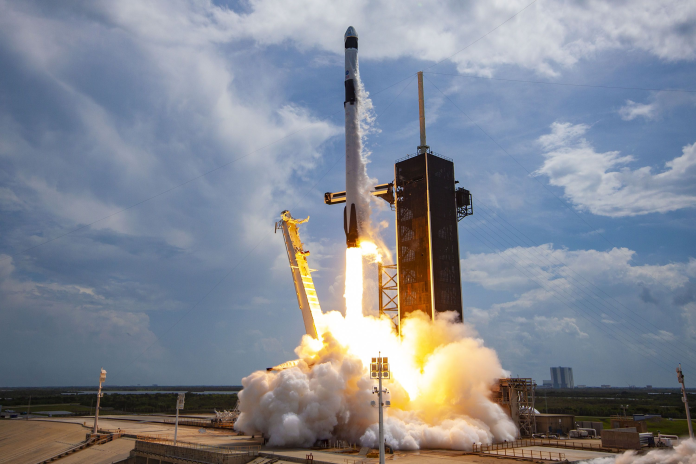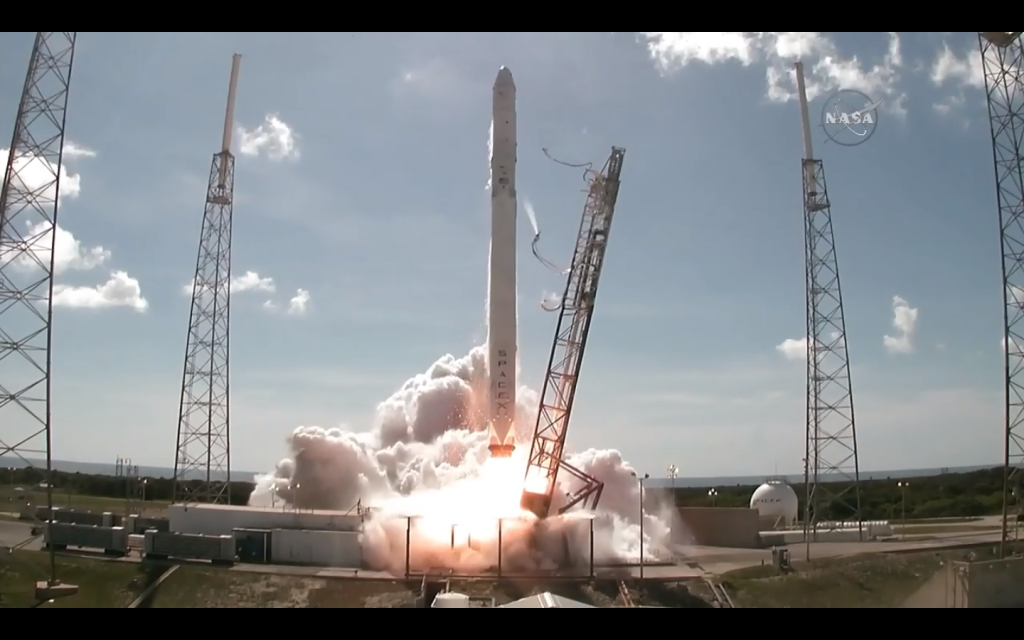
In space travel, the difference between liftoff and a scrub is seconds. “Hold, hold, hold. We have aborted launch today due to airspace concerns,” echoed out over Vandenberg Space Force Base with only 45 seconds left on the countdown, a haunting reminder that even the most advanced rockets remain in bondage to the consistency of ground equipment and the intricacies of real-time decision-making.
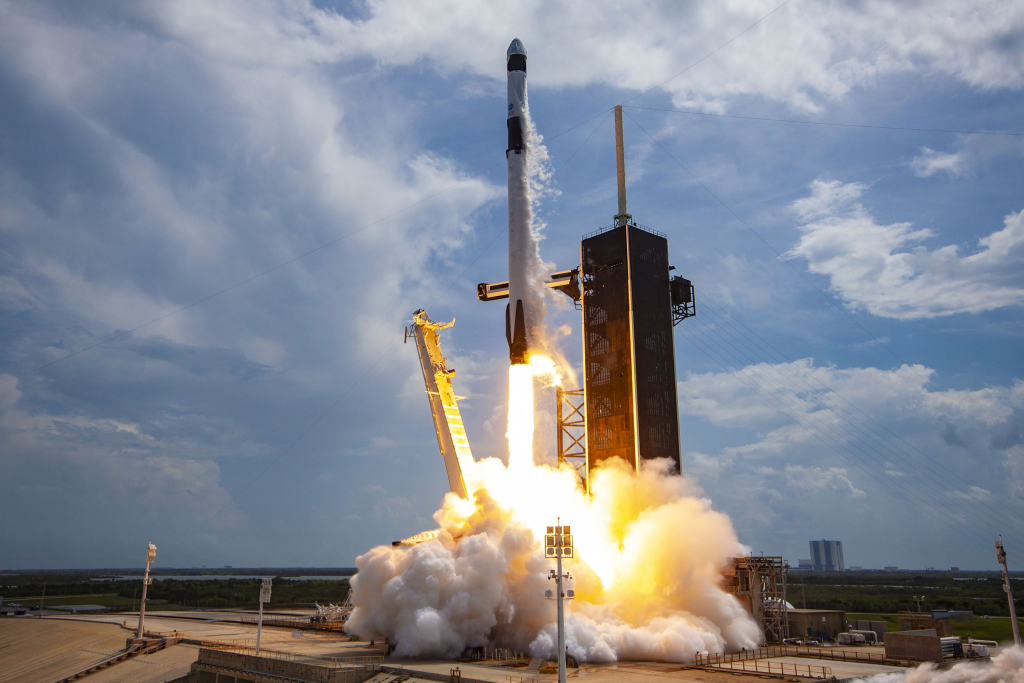
1. The Ripple Effect of a Regional Power Outage
The abrupt shutdown of the SpaceX Falcon 9 launch was not due to a rocket malfunction or weather but due to a regional power outage in the Santa Barbara region that flowed through key systems. The outage disrupted communications at the Los Angeles Air Route Traffic Control Center, which guides air traffic through 177,000 square miles of air space stretching from California’s shore deep out into the Pacific. This site of failure instantly caused a “no-go condition for launch,” NASA said, grounding rockets but also diverting and delaying flights at Santa Barbara Airport and impairing countywide 911 service. The FAA emphasized, “The FAA took this action to ensure the safety of the traveling public.”
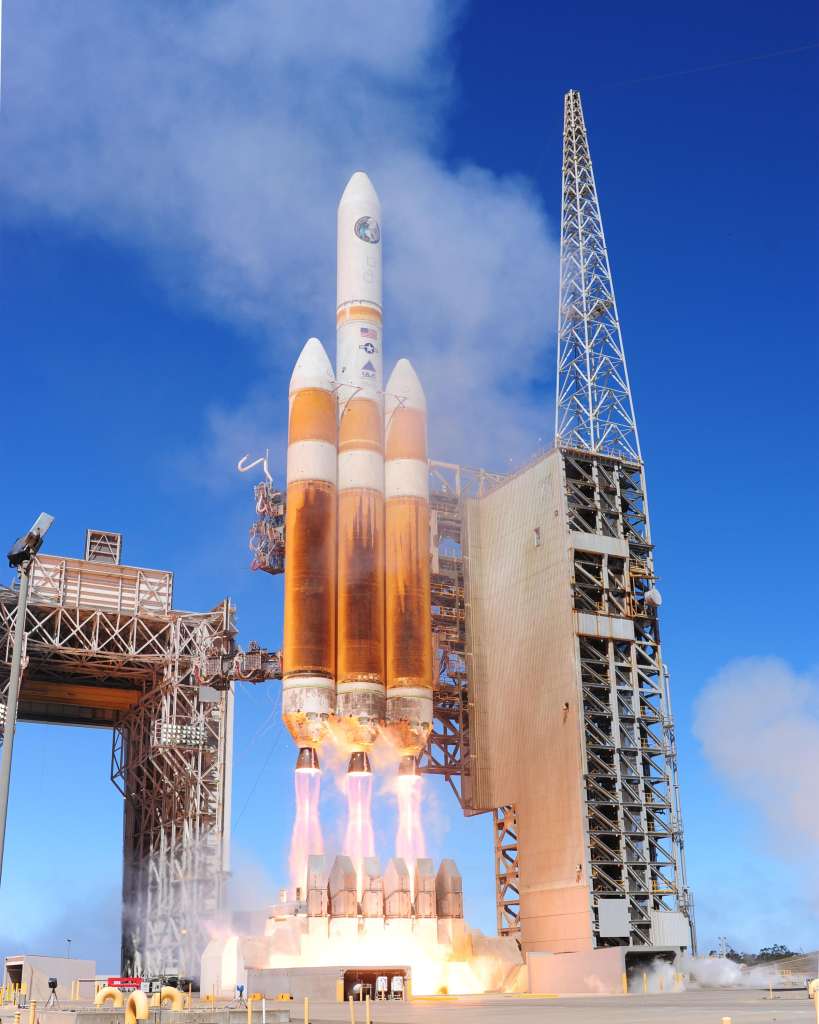
2. Launch Operations: Redundancy and the Limits of Resilience
Space launch facilities like Vandenberg have invested enormous amounts of money in network upgrades, so the transition to a cloud infrastructure that decreased network latency by 95% and provided over 1200% additional throughput. These upgrades provide more security and reliability, but the blackout uncovered how regional interdependencies such as external power and telecommunications can still dismantle even the most advanced internal systems. “After two years of meticulous planning and engineering, the biggest challenge was coordinating with our stakeholders,” says Victoria Florez, project manager for the upgrade. to conduct the installation and cutover of 44 facilities within an aggressive 90-day timeframe. Summer 2025 will be spent building a redundant and fault-tolerant system to further improve network security and reliability.
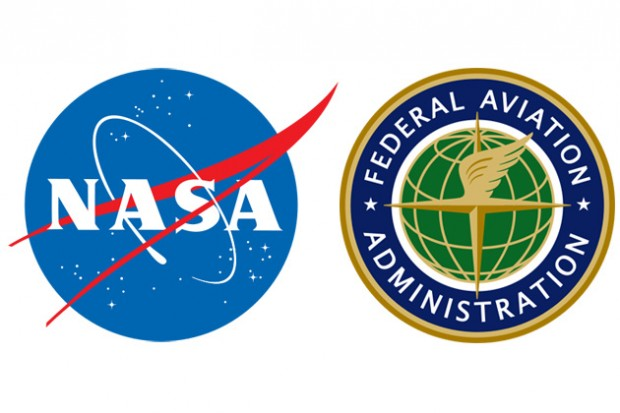
3. FAA and NASA: Go/No-Go Procedures in Split Seconds
The launch scrub was a vivid demonstration of real-time go/no-go procedures controlling spaceflight. The FAA and NASA exchange all the way to the final seconds before liftoff, ready to initiate an abort if any parameter moves out of rigid safety boundaries. The Falcon 9 avionics and ground systems are capable of accepting and executing an abort hold command in an infinitesimal fraction of time, so that even a timing-initiated anomaly such as a sudden loss of airspace control can cut the sequence short before ignition becomes irreversible. SpaceX’s launch director’s order, “Hold, hold, hold,” represented a safety and agility system in which machine and human decision intersect in the most decisive seconds.
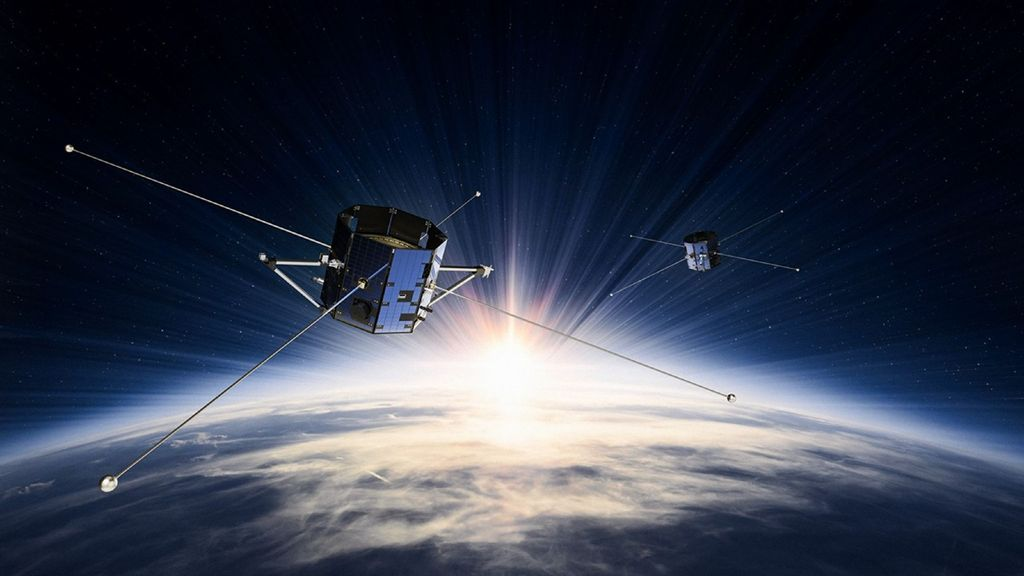
4. The Scientific Stakes: NASA’s TRACERS Mission
Loaded on the Falcon 9 were NASA’s TRACERS Tandem Reconnection and Cusp Electrodynamics Reconnaissance Satellites two identical, octagonal satellites, both under 440 pounds, which would unlock the mysteries of Earth’s magnetosphere.
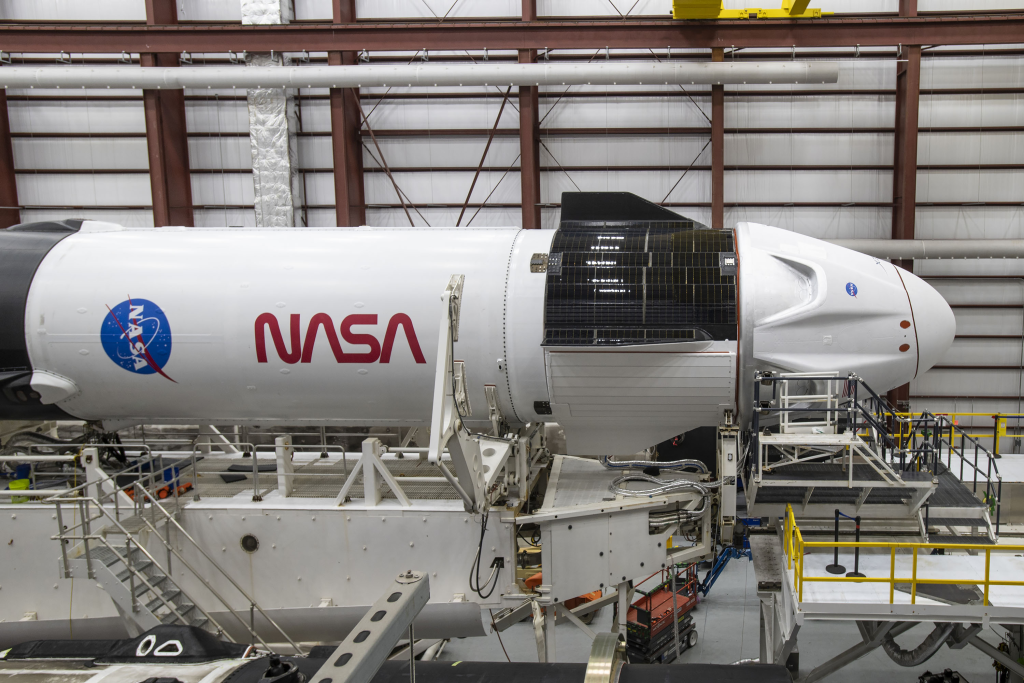
Their mission: to study magnetic reconnection, the process by which the energy of solar wind penetrates into the Earth’s magnetic shield, driving auroras to power grid disruptions and satellite missions. “TRACERS seeks to answer the fundamental questions about magnetic reconnection, the underlying mechanism that couples mass, energy, and momentum from the solar wind into near-Earth space and drives space weather,” said David Miles of the University of Iowa.
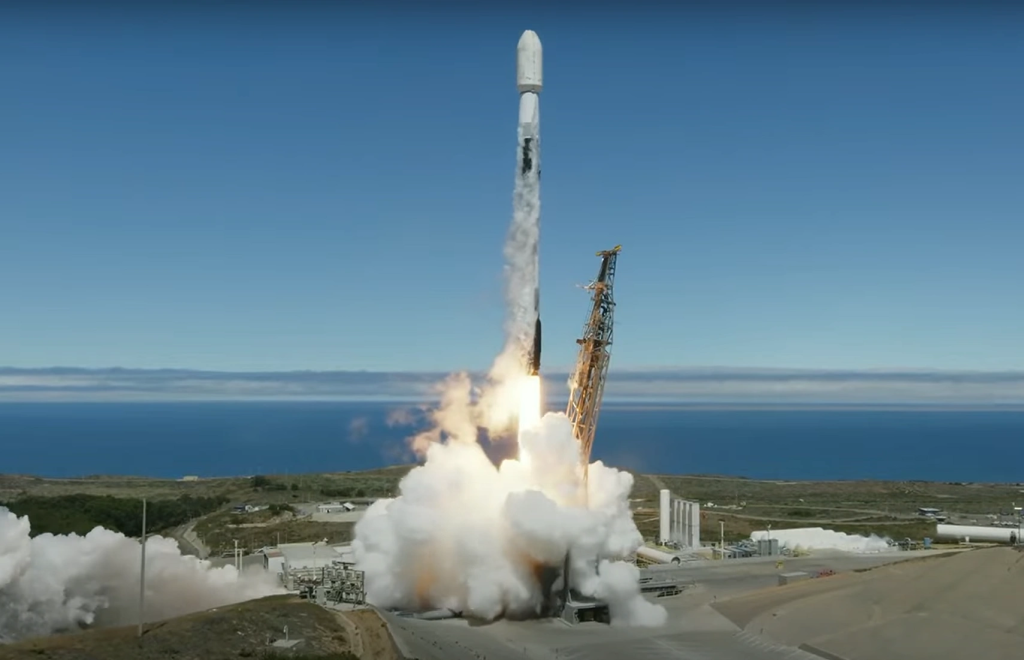
5. TRACERS and Rideshare Payload Technical Architecture
The two satellites of TRACERS will be close together in formation, separated by 10 to 120 seconds, so that they can make a distinction between temporal and spatial variations of the polar cusps regions through which Earth’s magnetic field opens to the solar wind. Both of the twin satellites carry six instruments onboard, including the Analyzer for Cusp Electrons (ACE), Analyzer for Cusp Ions (ACI), and a magnetometer and search coil suite. High-resolution measurements of plasma, magnetic fields, and energetic particles will be made by these instruments. In addition to TRACERS, the Falcon 9 carried nine other payloads, such as Athena EPIC, a demonstration of a modular, resource-sharing satellite architecture, and PExT, a technology demonstration of harmonious cross-network space communications.
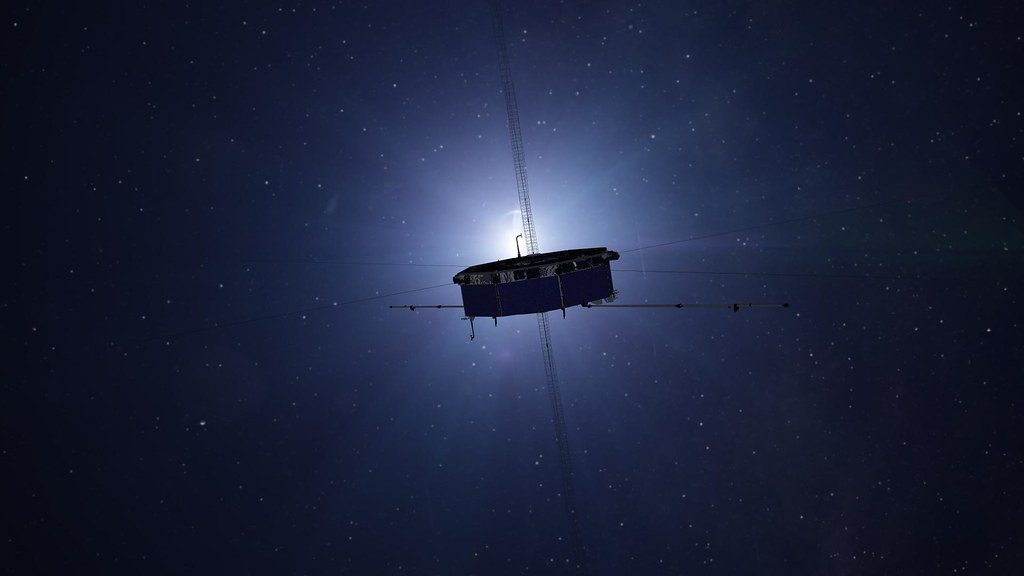
6. Wider Implications for Space Weather and Infrastructure
Understanding magnetic reconnection is not an abstract study. Space weather processes have the potential to induce unwanted electrical currents in ground grids, impact GPS, and threaten satellite health. TRACERS will return over 3,250 intersections with the northern magnetospheric cusp in its first year, generating a robust dataset for prediction and mitigation. As Miles described it, “TRACERS will capture statistics on over 3,250 encounters of the northern magnetospheric cusp, where the magnetic field of the Earth opens to the solar wind, and allow us to build a solid, statistical image of the solar wind coupling to near Earth space via magnetic reconnection events.”

7. Launch Infrastructure: Lessons and the Path Forward
The Vandenberg events highlight the ongoing challenge to creating end-to-end redundancy for launch operations. With highly enhanced base networks, external facilities such as regional power supply and communications remain inherent weaknesses. The upcoming upgrade of the base boundary will fill these gaps, towards a future where no single point can abort a mission at the edge of space.
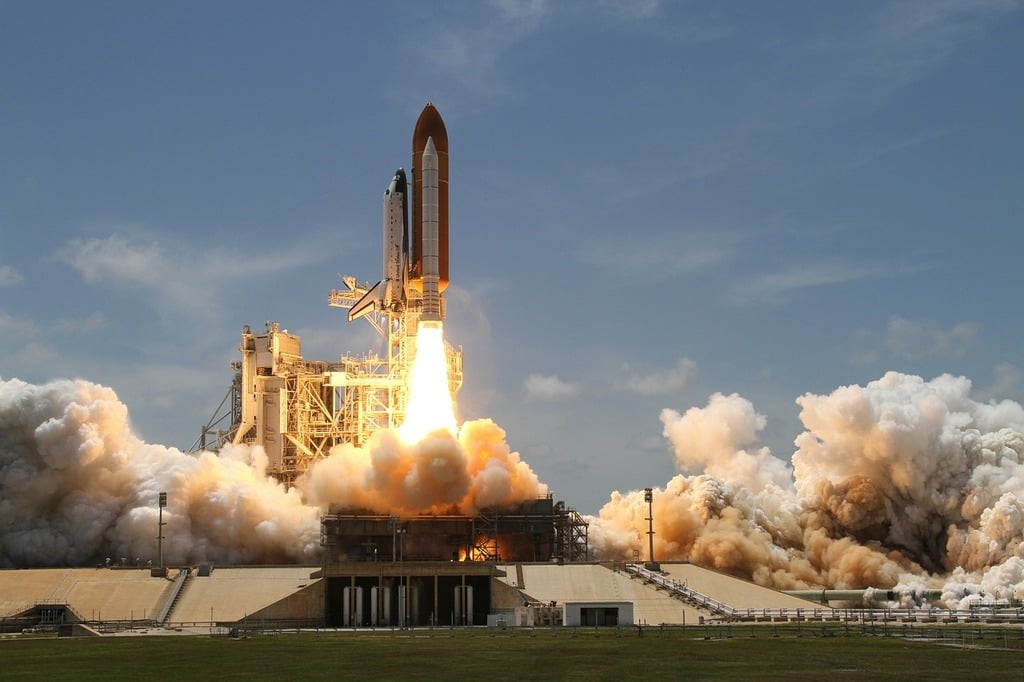
The Falcon 9 and its priceless scientific cargo wait on the pad, a monument to the resilience of hardware and human crews alike. Once power and communications are restored, the countdown will resume, along with it the hunt for answers to some of the most significant questions of space science.
